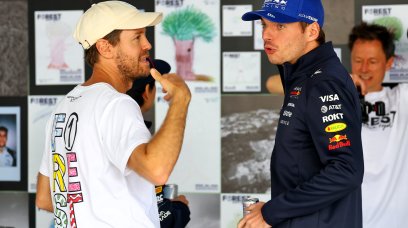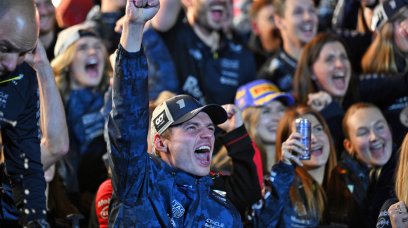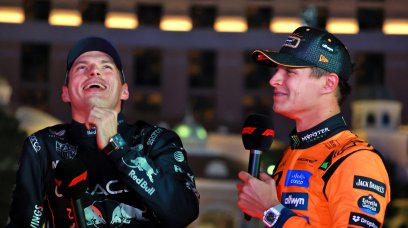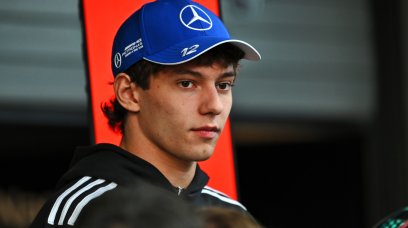Pirelli's Motorsport Director, Mario Isola, says Albert Park is a good place for the firm to experiment with offering F1 teams three non-consecutive tyre compounds for use in a Grand Prix. Pirelli manufacture five different compounds of varying grip and longevity for use across the different circuits on the F1 calendar – a state of affairs that continues into 2022 despite the introduction of low-profile tyres to match the new 18-inch wheel rims. The C1 represents the most durable tyre, albeit with the least grip, while the C5 is the softest and, in theory, quickest – but with a far shorter lifespan. Pirelli take the characteristics of each circuit into consideration before nominating three of the five compounds to be used at each event – with the chosen three to be marked as 'Soft', 'Medium' and 'Hard'. Usually, Pirelli nominate three consecutive compounds, but for the Australian Grand Prix, the manufacturer chose to use the C2, C3 and C5 compounds, and Isola has expanded on the reasoning behind this decision. "We decided to opt for the step in the compound nominations because we noticed that there was a relatively small performance gap between the C3 and C4 compounds during development testing, and we believe that Albert Park is a good place to try out this option," said Isola.
Much to learn amid Albert Park changes
This year's Australian Grand Prix will see F1 cars back on the Albert Park track for the first time since 2019, and the drivers will have a changed layout to contend with, aimed at improving overtaking. In addition to several corners being reprofiled and the track surface being relayed, the most striking modification is the removal of the Turn 9-10 chicane, which is replaced by a long, sweeping bend, and Isola noted that the many changes would mean much for teams to learn ahead of Sunday's race. "The circuit layout has been heavily revised and, as a result, there's also new asphalt that should be quite smooth," said Isola. "This means the track is likely to offer very low levels of grip at the start, with a high degree of evolution expected over the weekend and an extremely slippery surface if it rains. "We will also head to Melbourne a couple of weeks later compared to previous seasons, when autumn has already started in the southern hemisphere, so conditions could be more variable. "There is [also] a completely new generation of cars and tyres that the drivers are still trying to learn about. "All these factors mean that there will be a lot of work to do for teams and drivers in the free practice sessions."
Most read



















